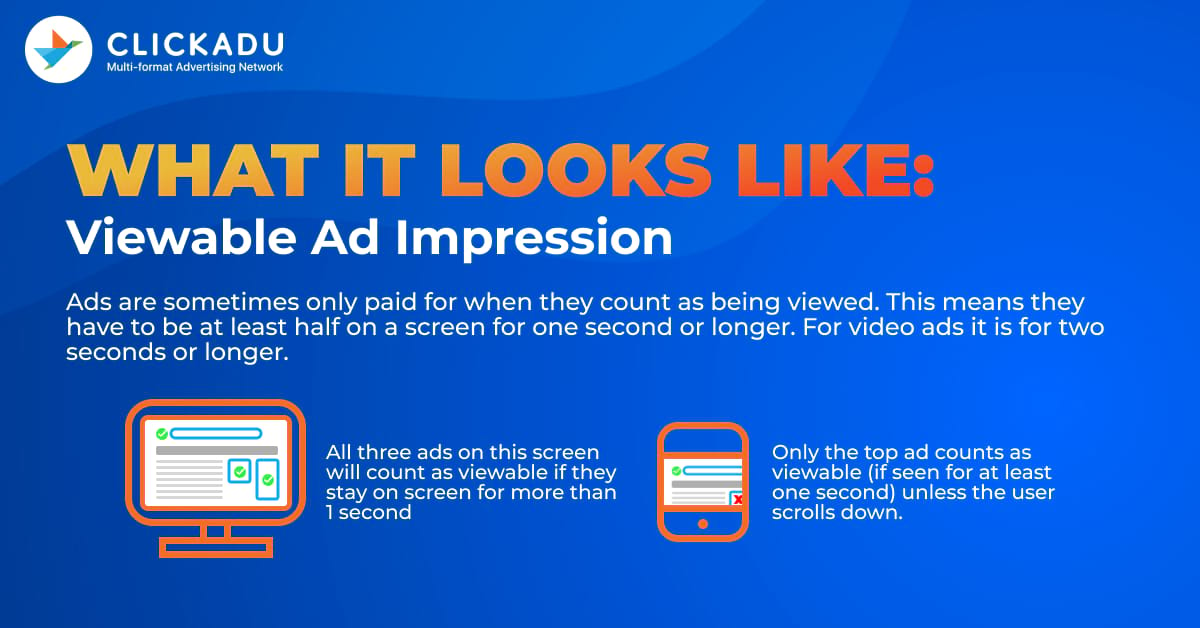


In the dynamic realm of digital marketing, where data-driven decisions reign supreme, ad impressions emerge as a pivotal metric. Measuring the visibility and reach of online advertisements is indispensable for advertisers and marketers aiming to optimize their campaigns.
This article delves into the world of ad impressions, covering their definition, calculation methods, best practices, the menace of impression fraud, and key takeaways for successful digital marketing strategies.
Quick Summary: ad impressions count how many times an ad is shown to users, whether on a website, app, or social media. They help advertisers measure the reach of their campaigns (how many people see the ad) but don’t track clicks or actions.
Think of it like counting how many billboards people drive past, not how many stop to look. Impressions are key for understanding brand visibility and campaign performance in digital advertising.
An ad impression signifies when an online advertisement is fetched and displayed on a user’s screen, whether on a website, mobile app, or social media platform. It’s a fundamental metric that reflects the potential exposure of an ad to an audience.
Each time an ad loads, it is counted as one impression, regardless of whether the viewer engages. Ad impressions provide insights into the initial level of visibility, brand exposure, and potential reach of a campaign.

The calculation of ad impressions is relatively straightforward. It is merely the count of times an ad is fetched and displayed. For instance, if an ad is loaded and shown on a webpage 1,000 times, the total ad impressions for that campaign would be 1,000.
However, it’s essential to distinguish between “served impressions” and “viewable impressions.” Served impressions include instances where the ad is successfully fetched, but it might not be entirely viewable by the user due to its placement on the page. On the other hand, viewable impressions consider whether the ad was displayed within the user’s visible screen area, increasing the accuracy of the metric.

To leverage ad impressions effectively, consider these best practices:
As with any digital metric, the potential for fraud exists in the realm of ad impressions. Impression fraud refers to illegitimate practices that inflate impression numbers artificially. Common types of impression fraud include:
Advertisers must remain vigilant and collaborate with reliable ad networks and platforms to mitigate impression fraud. Regularly monitoring traffic sources, using third-party verification services, and setting strict viewability standards are crucial steps to combat fraud effectively.
For Successful Campaigns:
In conclusion, ad impressions play a pivotal role in the digital marketing landscape. They offer insights into the initial visibility and potential reach of ad campaigns. Advertisers who master the art of measuring and leveraging impressions while safeguarding against fraud can pave the way for successful and impactful online advertising endeavors.
Table of Contents